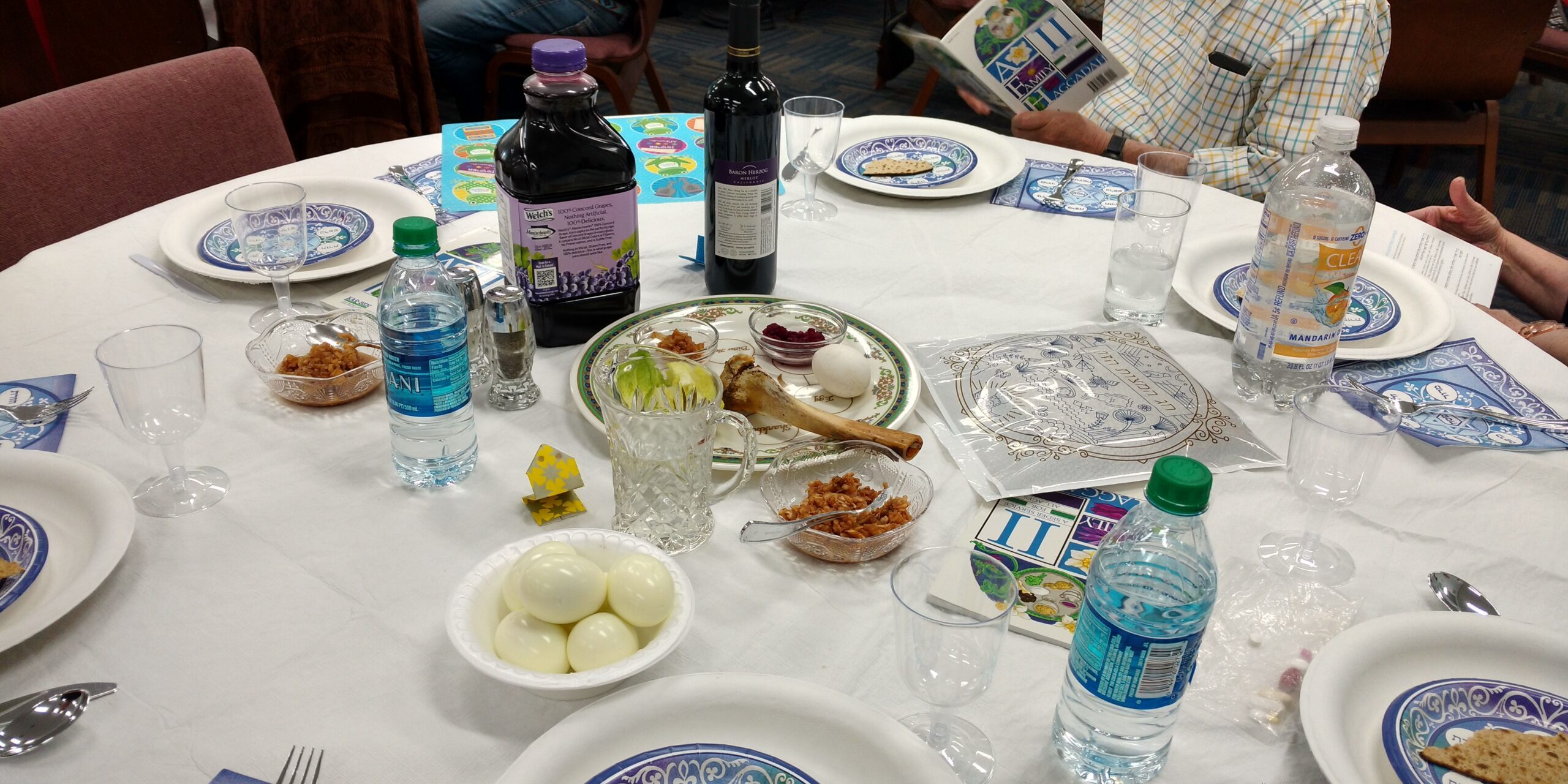Torah: Tzav(Leviticus 6:1-8:36) Haftarah: Jeremiah 7:21-28; Jeremiah 9:22-23
This Shabbat has the continuation of the preceding Torah portion, expanding upon the description of the sacrificial offerings. The ordination of Aaron as the Kohan HaGadol (High Priest) and his sons as priests and the dedication of the first sanctuary. There is a parsha about the holiness of blood with several reasons and laws for the prohibition for Jews not to consume any blood from either birds or animals. Another parsha has instructions for kashering (making it correct) meat by using salt to drain the blood. (some kosher butchers do this for the customers. Yet my mother still practiced the cleaning of meat with “Kosher salt” when it was meat from my grandfather’s and father’s Kosher butcher shop!
Ha-Hatat (the sin offering) shall be slaughtered before the Eternal in the same place, on the north side of the altar, (Leviticus 1:11) as Ha-olah/the burnt offering. (Leviticus 6:18). This is the week before Passover and the question is as follows; “Why are there two offerings required to be brought to the same place?”
The Yiddish Polish 16th century commentator, Yakov ben Yitzhak Ashkenazi wrote a creative answer, in an anthology of comments on the Torah which was specifically for women, titled Tze’enah u-Re-enah. Keep in mind the century he was writing for. The two sacrifices were offered in the same place so worshippers will not be embarrassed. Consider the burnt offering, which was brought because a person has sinful thoughts, and the one that brings the sin offering, which was brought because that person has actually sinned are present at the same place and at the same time, there could be no embarrassment for anyone, because no one knows whether a person was asking for forgiveness for “thinking sinful” thoughts or for actually “performing” a sin.
Jews pray together on the High Holiday and recite …the sin committed for… so no one will know which specific sin each individual did. A similar ancient custom Jewish practice was for those who give tzedakah, righteous actions of donations, and those who receive it to do so simultaneously, and in the same box, so no one knew who was giving and who was receiving. These customs are still in practice because the design was to prevent anyone from being humiliated or shamed.
During the days before Passover Jewish people clean out the Chametz/Leaven, and make donations to food pantries. While the custom of selling the Chametz in a written formal contract by the rabbi and the person signs it becomes symbolic that the Jewish family household will follow Passover. The money donated is for those in need to buy Kosher L’Pesach items. A non- Jew holds the congregation’s contracts and receives a token amount for symbolic holding of everyone’s non Kosher L’Pesach items.
Passover is our moment in time to gather together and remember the Exodus of the Israelites to obtain freedom from Egyptian enslavement. Whether you will join the community seder or you will be having your sederai on both nights with family or friends, enjoy the Haggadah readings. Whether one drinks a full four cups of wine or juice or a little less they represent the four promises G-d gave for us!
Each cup reminds of the promises G-d made to Israel:
“I will free you from Egypt.”
“I will deliver you from slavery.”
“I will lead you home.”
“ You will be My people.”
Have a Happy Passover!
Shabbat Shalom,
Rabbi Helene Ainbinder







